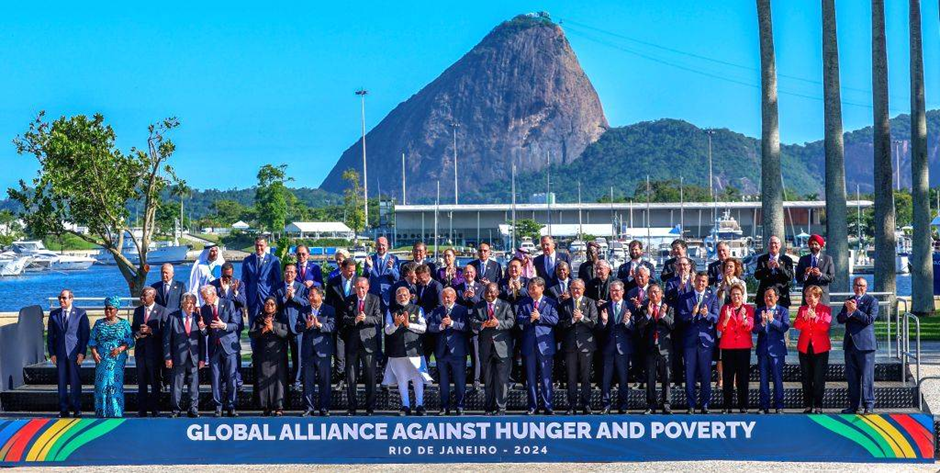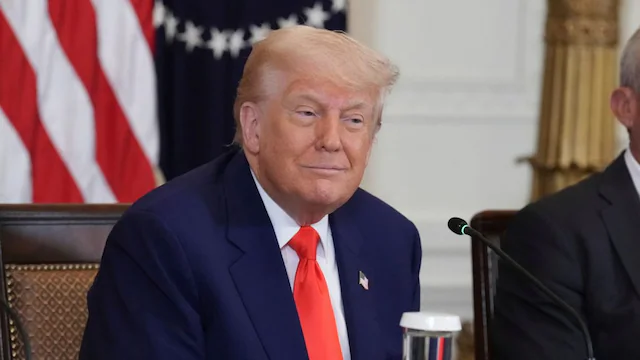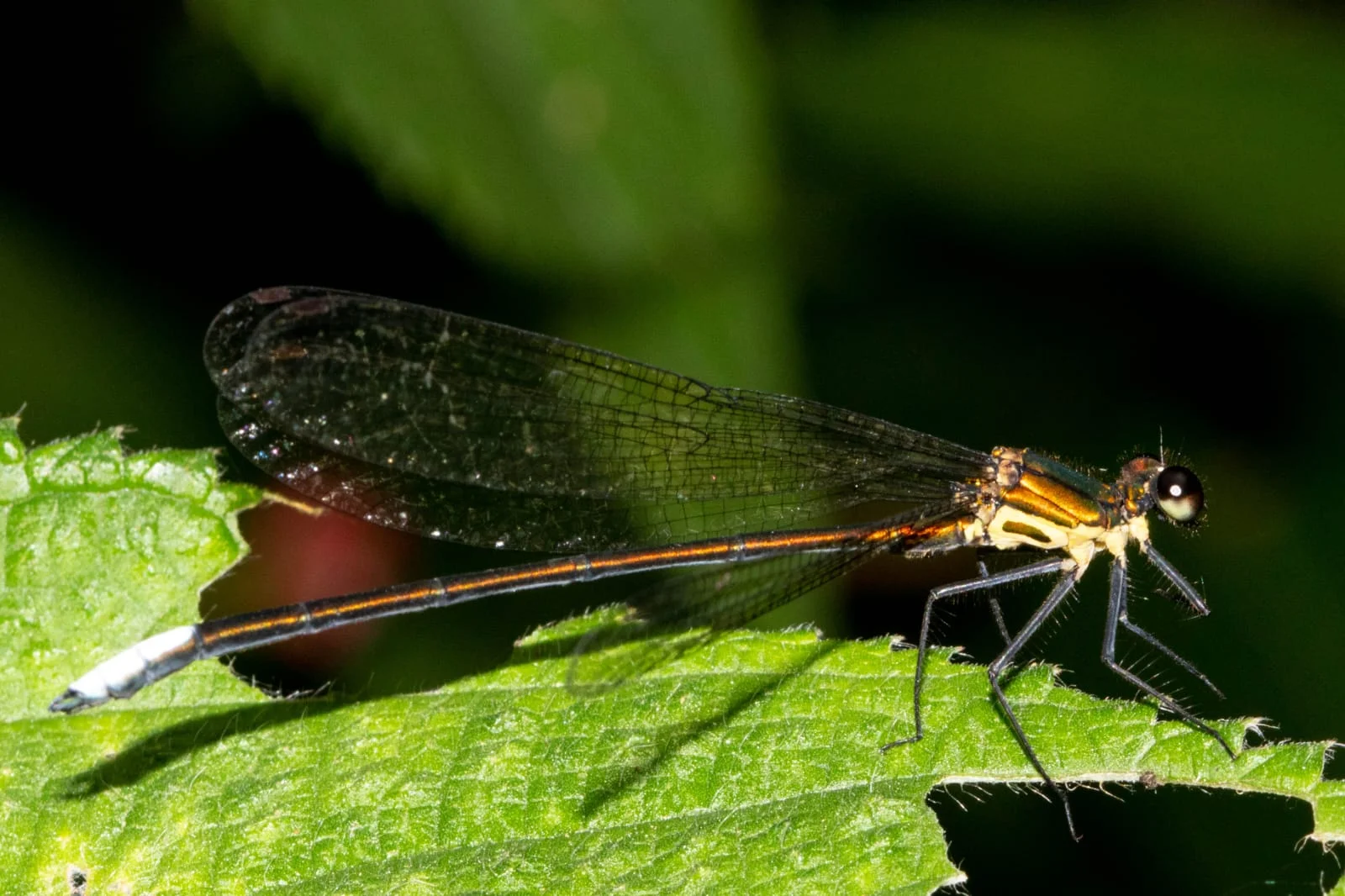- Courses
- GS Full Course 1 Year
- GS Full Course 2 Year
- GS Full Course 3 Year
- GS Full Course Till Selection
- Online Program
- GS Recorded Course
- NCERT (Recorded 500+ Hours)
- Polity Recorded Course
- Geography Recorded Course
- Economy Recorded Course
- AMAC Recorded Course
- Modern India, Post Independence & World History
- Environment Recoded Course
- Governance Recoded Course
- Science & Tech. Recoded Course
- International Relations and Internal Security Recorded Course
- Disaster Management Module Course
- Ethics Recoded Course
- Essay Recoded Course
- Current Affairs Recoded Course
- CSAT
- 5 LAYERED ARJUNA Mentorship
- Public Administration Optional
- ABOUT US
- OUR TOPPERS
- TEST SERIES
- FREE STUDY MATERIAL
- VIDEOS
- CONTACT US
Global Alliance Against Hunger and Poverty
Global Alliance Against Hunger and Poverty
26-11-2024

- In November 2024, The Global Alliance Against Hunger and Poverty was officially launched during the 2024 G20 Leaders’ Summit in Rio de Janeiro, Brazil.
- Primary Objective: The Alliance aims to create a platform for connecting countries in need of assistance with public policies designed to eradicate hunger and poverty, alongside partners willing to offer expertise or financial support.
- Brazil is the country that pushed for the initiative, provided leadership, and worked to ensure its success within the G20 meetings and discussions.
The Need for the Alliance
- In 2015, all 193 UN member states adopted the 2030 Agenda for Sustainable Development, which included key targets to end poverty and hunger, and achieve food security and improved nutrition by 2030.
- SDG Goal 1: No Poverty, By 2030, eradicate extreme poverty for all people everywhere, currently measured as people living on less than $1.25 a day.
- SDG Goal 2 : End hunger and all forms of malnutrition by 2030. It also commits to universal access to safe, nutritious and sufficient food at all times of the year.
-
Setbacks Due to the COVID-19 Pandemic:
- The COVID-19 pandemic caused significant reversals in the fight against poverty and hunger, especially in the Global South.
- It increased existing vulnerabilities, leading to rising extreme poverty and worsened nutrition standards.
-
Post-Pandemic Challenges:
- After the pandemic, economic recovery has been uneven across countries, with global conflicts, climate change, and economic inequalities worsening the situation.
- As of now, the global community is falling behind on meeting the 2030 SDG targets due to these challenges.
The Current Situation (Data and Projections)
- Projections for 2030:
- 622 million people are expected to live below the extreme poverty line of $2.15 per day by 2030 — double the target set in the SDGs.
- 582 million people could face hunger by 2030, a number roughly equal to the levels in 2015.
- Key Statistics: The Alliance noted these disturbing trends during its launch, showing the urgency for global action to reverse these trends.
- Global Context:
- According to Brazilian President Lula da Silva, there has been:
- Highest number of armed conflicts since World War II.
- Unprecedented forced displacements.
- Extreme weather events wreaking havoc across the globe.
- Rising social, racial, and gender inequalities, deepened by the pandemic, which claimed over 15 million lives worldwide.
- He emphasized that hunger and poverty are the "ultimate symbol of our collective tragedy."
- According to Brazilian President Lula da Silva, there has been:
How the Global Alliance Against Hunger and Poverty Functions?
-
Membership:
- As of the launch, 81 countries, including India, 26 international organizations, 9 financial institutions, and 31 philanthropic foundations and NGOs have committed to the Alliance.
-
Collaboration and Support:
- The Alliance provides a platform for countries to share public policies that address hunger and poverty.
- Member countries can access proven best practices from other nations and identify partners willing to assist in the development of national policies.
- The platform enables member nations to receive technical expertise or financial support to implement their policies.
-
Policy Instruments:
- The Alliance has identified an evidence-based policy basket, which includes more than 50 policy instruments that countries can use to combat hunger and poverty.
- 6 “Sprints 2030”: These are high-impact areas where the Alliance will focus efforts, targeting the most vulnerable populations. The six key areas are:
- School Meals: Ensuring access to nutritious meals for children, a key to addressing child malnutrition.
- Cash Transfers: Providing financial support to vulnerable populations to alleviate poverty.
- Smallholder and Family Farming Support Programs: Strengthening food production systems and improving livelihoods for smallholder farmers.
- Socio-Economic Inclusion Programs: Promoting economic participation and inclusion of marginalized groups in society.
- Maternal and Early Childhood Interventions: Integrated health and nutrition programs for mothers and young children to ensure healthy development.
- Water Access Solutions: Providing access to clean water to ensure proper sanitation and health, critical for food security.
-
Operational Role:
- Unlike many other international initiatives, the Alliance does not maintain an exclusive fund. Instead, it plays a matchmaking role:
- It connects countries in need of assistance with potential donors, financial institutions, and organizations that can provide technical expertise.
- The Alliance’s role is essentially that of a facilitator and connector, rather than a direct financial or resource provider.
- Unlike many other international initiatives, the Alliance does not maintain an exclusive fund. Instead, it plays a matchmaking role:
- Funding and Support:
- The Alliance will require an annual budget of $2-3 million to operate. This funding will be sourced from:
- Member countries.
- Organizations such as the Food and Agriculture Organization (FAO), UNICEF, and the World Bank.
- The Alliance will require an annual budget of $2-3 million to operate. This funding will be sourced from:
Alliance's Structure and Headquarters
- The Global Alliance may have its headquarters in Brasília, Brazil, or potentially in another Global South country to ensure broader geographical representation.
- Additionally, it is likely to have an office at the FAO headquarters in Rome to collaborate closely with the Food and Agriculture Organization and other key international bodies.
Conclusion and Global Significance:
The Global Alliance Against Hunger and Poverty represents a crucial step in fostering global collaboration to address two of the most pressing issues of our time—hunger and poverty. The Alliance provides a mechanism for countries to exchange knowledge, resources, and expertise, ensuring that effective solutions can be tailored to local contexts. With its focus on practical, high-impact interventions in areas like school meals, cash transfers, and water access, the Alliance aims to accelerate progress toward the 2030 SDGs, despite the major setbacks caused by the COVID-19 pandemic, conflicts, and climate change.
Must Check: Best IAS Coaching In Delhi
UPSC Prelims Result 2024 Out: Expected Cut Off & Other Details, UPSC Prelims 2024 Answer with Explanation, Daily Prelims Quiz, Daily Current Affairs, MONTHLY CURRENT AFFAIRS TOTAL (CAT) MAGAZINE, Best IAS Coaching Institute in Karol Bagh, Best IAS Coaching Institute in Delhi, Daily Mains Question Answer Practice, ENSURE IAS UPSC Toppers, UPSC Toppers Marksheet, Previous Year Interview Questions, UPSC Syllabus




